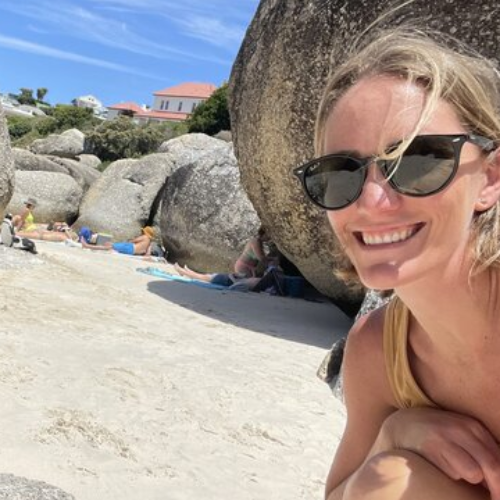Namibia
Tailor-made trips, just for you, by local experts
Why Namibia?
Discover what makes Namibia unforgettable





Etosha National Park offers incredible wildlife viewing against Namibia’s stark landscapes. Spot elephants, lions, and rhinos at watering holes, or drive through endless plains teeming with zebra and antelope. For a unique twist, witness animals silhouetted against glowing salt flats—nature at its most dramatic and unforgettable.


Namibia’s towering sand dunes in Sossusvlei are like nothing else on Earth. Climb the iconic Dune 45 or Big Daddy at sunrise, where the orange sands glow against a deep blue sky. Slide back down for a thrill, or explore the surreal salt pans below. It’s a breathtaking desert playground that feels like stepping into another world.


Where the desert meets the Atlantic, the Skeleton Coast is hauntingly beautiful. Explore shipwrecks scattered along misty shores, see colonies of thousands of seals, and feel the raw power of waves crashing onto dunes. It’s a place of eerie beauty and stark contrasts, offering a rare glimpse into nature’s untamed side.


Namibia’s night skies are among the clearest in the world. Head to the Namib Desert or a remote lodge for unmatched stargazing—see the Milky Way stretch across the heavens like a cosmic tapestry. Whether you’re camping under the stars or relaxing by a fire, the serenity and grandeur of the night sky will stay with you forever.

Travel tips
Plan with confidence
Unlock Namibia with local insights
Meet the experts who make your journey special
See all Namibia local experts →
tourism
created
travellers

tourism
created
travellers

tourism
created
travellers

tourism
created
travellers

tourism
created
travellers

tourism
created
travellers
More travel inspiration
Discover Namibia's most captivating stories
Arrange your trip, hassle-free, with local travel experts
Arrange your trip with local travel experts